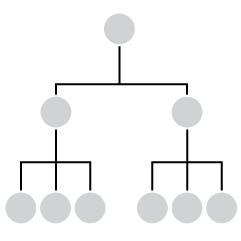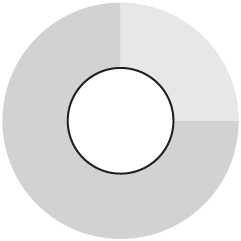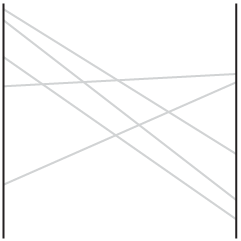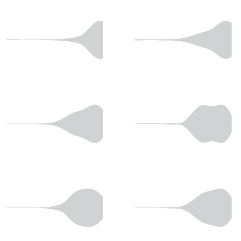Derek Thompson for The Atlantic on how retail uses our numeric biases to their advantage:
Now that I’ve just told you that consumers try to avoid additional payments, I should add that there are two additional payments we love: rebates and warranties. The first buys the illusion of wealth (“I’m being paid money to spend money!”). The second buys peace of mind (“Now I can own this thing forever without worrying about it!”). Both are basically tricks. “Instead of buying something and getting a rebate,” Poundstone writes, “why not just pay a lower price in the first place?’
“[Warranties] make no rational sense,” Harvard economist David Cutler told the Washington Post. “The implied probability that [a product] will break has to be substantially greater than the risk that you can’t afford to fix it or replace it. If you’re buying a $400 item, for the overwhelming number of consumers that level of spending is not a risk you need to insure under any circumstances.”
Other tidbits: our obsession with prices ending with a nine and how we justify purchases of things that are more expensive but aren’t necessarily better than the cheaper item.


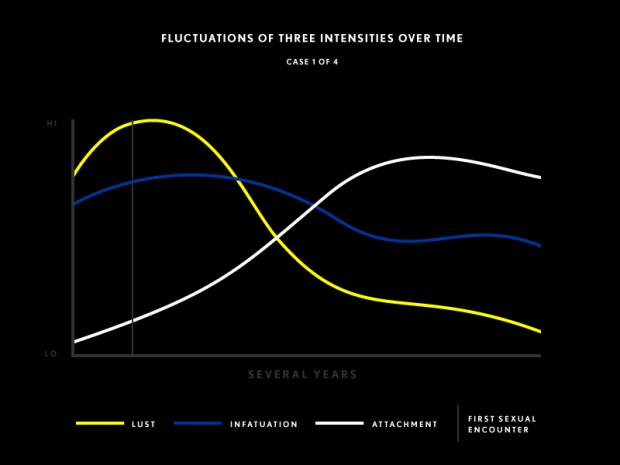



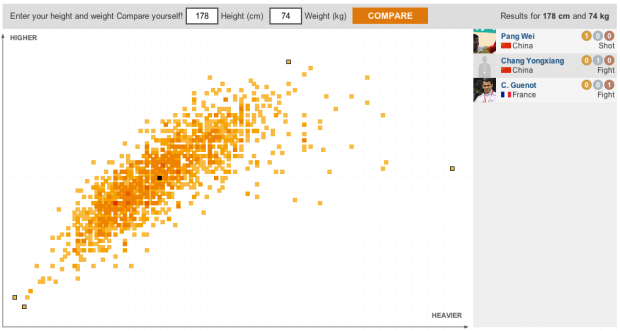
 Visualize This: The FlowingData Guide to Design, Visualization, and Statistics (2nd Edition)
Visualize This: The FlowingData Guide to Design, Visualization, and Statistics (2nd Edition)
